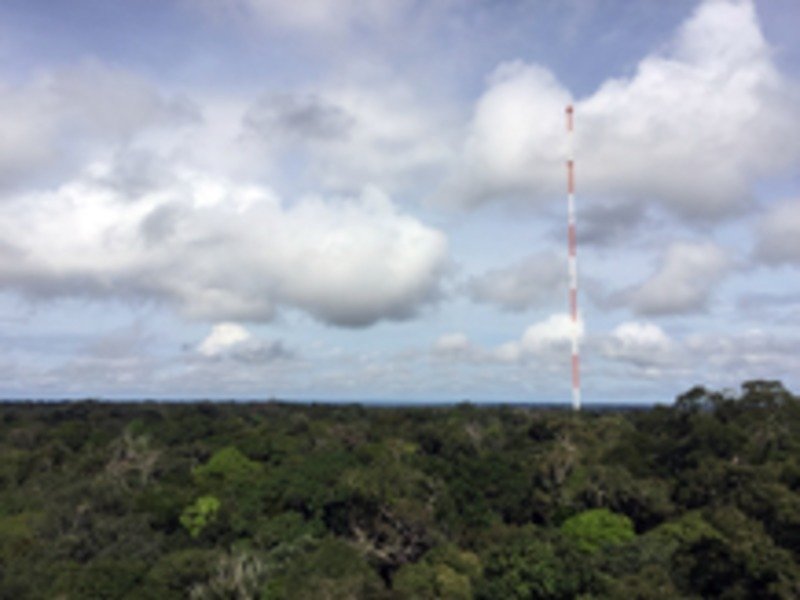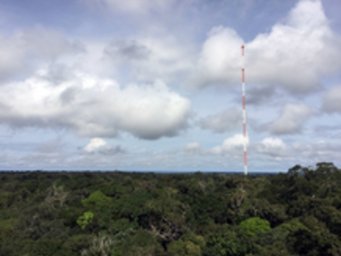New satellite analysis to reduce uncertainty in climate change
International team of scientists with participation of the Max Planck Institute for Chemistry found a new way to determine cloud base updraft speeds and quantify the aerosol particles’ ability to create cloud droplets
Estimates of the global warming expected by the end of the 21st century due to manmade emissions range between 1.5 to 4.5 degrees. This uncertainty is a major cause for the intense public debate on humankind’s responsibility for climate change and the actions needed to mitigate its impacts. An international team of scientists from Israel, Germany, China and the USA found a way to reduce this uncertainty by using data from a new operational meteorological satellite.

The emissions of greenhouse gases have been long recognized as a cause for global warming due to slowing the release of heat that radiates from Earth to space. This relatively well known warming effect is countered to a poorly known extent by manmade particulate emissions, i.e., smoke, dust and other kinds of air pollution particles. Much of the climate effect of these particles comes from their impact on the behavior of clouds. Polluted clouds are composed of more numerous smaller drops that make the cloud brighter. The smaller cloud drops are slower to coalesce to raindrops, thus making the cloud live longer and reflect even more solar radiation heat back to space.
Important as these small particles, called cloud condensation nuclei, are to clouds and climate, they are very difficult to measure by conventional remote sensing techniques. Therefore, scientists had to rely mostly on measurements from aircraft and ground stations, which made it difficult to get a global view on the particles’ abundance and properties. Furthermore, the speed at which the air rises into the clouds is equally important in determining cloud droplet concentrations. Currently, measuring cloud base updraft is done by ground-based cloud radar or by aircraft. Such measurements are very sparse, whereas quantifying the climate effects requires conducting such measurements at a global coverage, which is possible only with satellites.
In a paper recently published in the Proceedings of the National Academy of Sciences, the authors describe a new way to determine both cloud base updraft speeds and quantify the aerosol particles’ ability to create cloud droplets, using measurements from existing satellites. By this technique, they have opened up the possibility to provide global measurements of these two pieces of missing information that kept the uncertainty about climate change so high up to now.
The team is led by Daniel Rosenfeld from the Hebrew University of Jerusalem, Meinrat O. Andreae from the Max Planck Institute of Chemistry in Mainz, Germany, Zhanqing Li from the University of Maryland in the USA, Paulo Artaxo from the University of Sao Paulo, and Xing Yu from the Meteorological Institute of Shaanxi Province, Xi’an, China. The scientists developed the satellite methodology and validated it against surface measurements at sites of the U.S. Department of Energy in Oklahoma, over the ocean onboard a ship that cruised between Honolulu and Los Angeles and over the Amazon in cooperation with the Brazilian National Institute for Amazon Research.
The researchers from the MPI for Chemistry contributed measurements of cloud condensation nuclei collected at the Amazon Tall Tower Observatory (ATTO) in the middle of the Amazon Basin. Such ground-truth data are essential for the validation of the satellite measurements.
